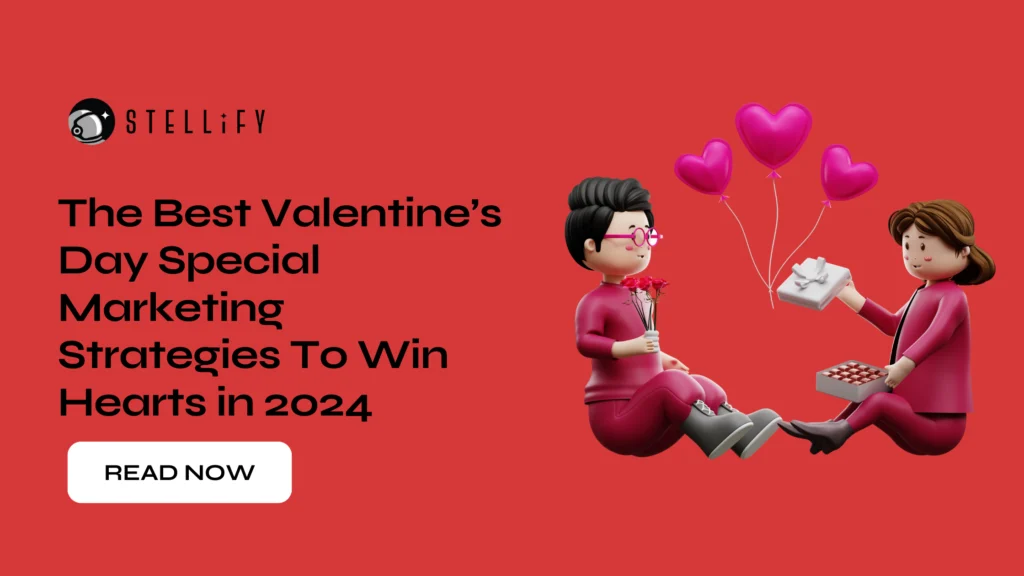In the highly competitive SaaS landscape, where countless companies offer similar solutions, effective branding becomes the key to unlocking growth and capturing the attention of your target audience.
Building a strong brand not only helps you establish credibility but also creates a connection with your customers, fostering trust and loyalty. With the right branding strategies, you can effectively differentiate your SaaS company from the sea of competitors, allowing you to stand out in a crowded market.
- Create Value Proposition
Think of your value proposition as the DJ of the SaaS party—it sets the mood, keeps the crowd grooving, and ensures your brand gets everyone’s attention on the dance floor.
In a saturated market, customers are bombarded with options, making it challenging for SaaS companies to stand out. A well-crafted value proposition sets a brand apart by clearly communicating the unique benefits and value that it offers. This differentiation becomes a competitive advantage, enabling the brand to carve out its own space in the market.
- Identify your SaaS solution’s value and address target audience pain points.
- Clearly communicate the advantages customers gain from using your SaaS product or service.
- Resonate with target customers using concise and powerful messaging that highlights your brand’s value.
- Understand Your Audience
If your SaaS brand were a puzzle, targeting the right audience would be the missing piece that completes the picture of success.
Gain deep insights into the needs, preferences, and pain points of your target audience to tailor your brand messaging, positioning, and overall brand experience to resonate with them effectively. Here are 3 things to do in understanding your audience;
- Identify Unmet Needs
Identify unmet needs of your target audience within the market. This knowledge allows you to develop unique solutions that address specific pain points or offer differentiated features.
- Personalized Messaging
Understanding your target audience enables you to create personalized messaging that speaks directly to their needs and aspirations.
- Niche Targeting
In a saturated market, finding a specific niche within your target audience can help you differentiate your brand. This focused targeting allows you to position your brand as the go-to solution for that niche, setting you apart from broader, less specialized competitors.
- Build Strong Brand Identity
In a sea of competitors offering similar products and services, a strong brand identity helps differentiate a brand, create a lasting impression, and build customer loyalty.
Make sure to include the following to build a strong brand identity:
- Craft a compelling brand story that resonates with customers
- Design a memorable logo, consistent color palette, and visual elements
- Establish brand guidelines for consistent messaging across all channels
It enables customers to recognize and differentiate the brand from others. A well-defined brand identity that encompasses visual elements such as logos, colors, and typography, as well as brand voice and personality, creates a distinctive and memorable brand presence. This recognition and differentiation increase the chances of capturing the attention of potential customers and standing out in a crowded market.
- Personalize the User Experience
Personalizing the user experience is a powerful strategy for building a unique SaaS brand in a saturated market. In an environment where customers have abundant options, personalization allows SaaS companies to stand out by delivering tailored experiences that meet the individual needs and preferences of users.
Think of personalizing the customer experience for your SaaS brand as a bespoke suit for your customers—tailored to perfection, ensuring a perfect fit and a sense of exclusivity they can’t resist.
- Add Customer Testimonials
Customers seek reassurance and validation before making a purchasing decision.
Consumers widely rely on reviews to make business decisions, with 98% of them regularly reading online reviews to gather information about local businesses. While, 76% of consumers make it a regular habit to consult reviews before making their choices.
Social proof serves as a trust-building tool by providing evidence that others have had a positive experience with the SaaS brand. When potential customers see testimonials, reviews, case studies, or endorsements from reputable sources or industry influencers, they feel more confident and secure in their decision to choose that brand.




